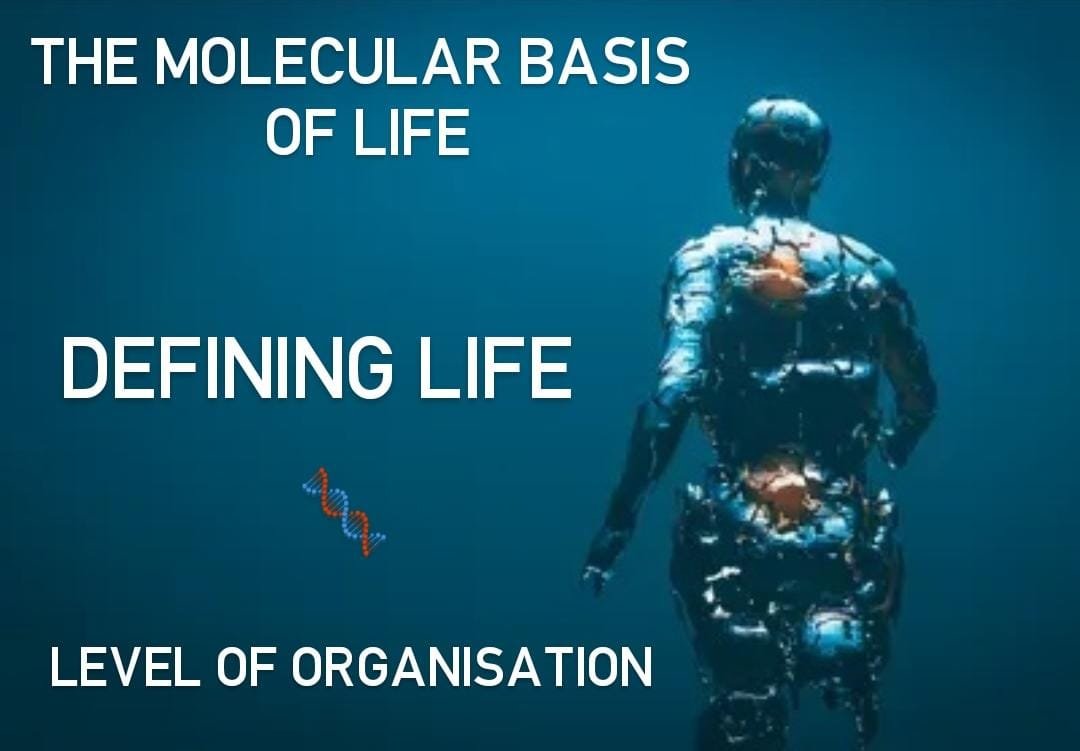Ecosystem: components and types of Ecosystem
Primarily we can say ecosystem is also an ecological unit which includes both living (biotic) as well as non-living (abiotic) components of a particular area. Ecosystem is known as the basic and functional unit of ecology………









